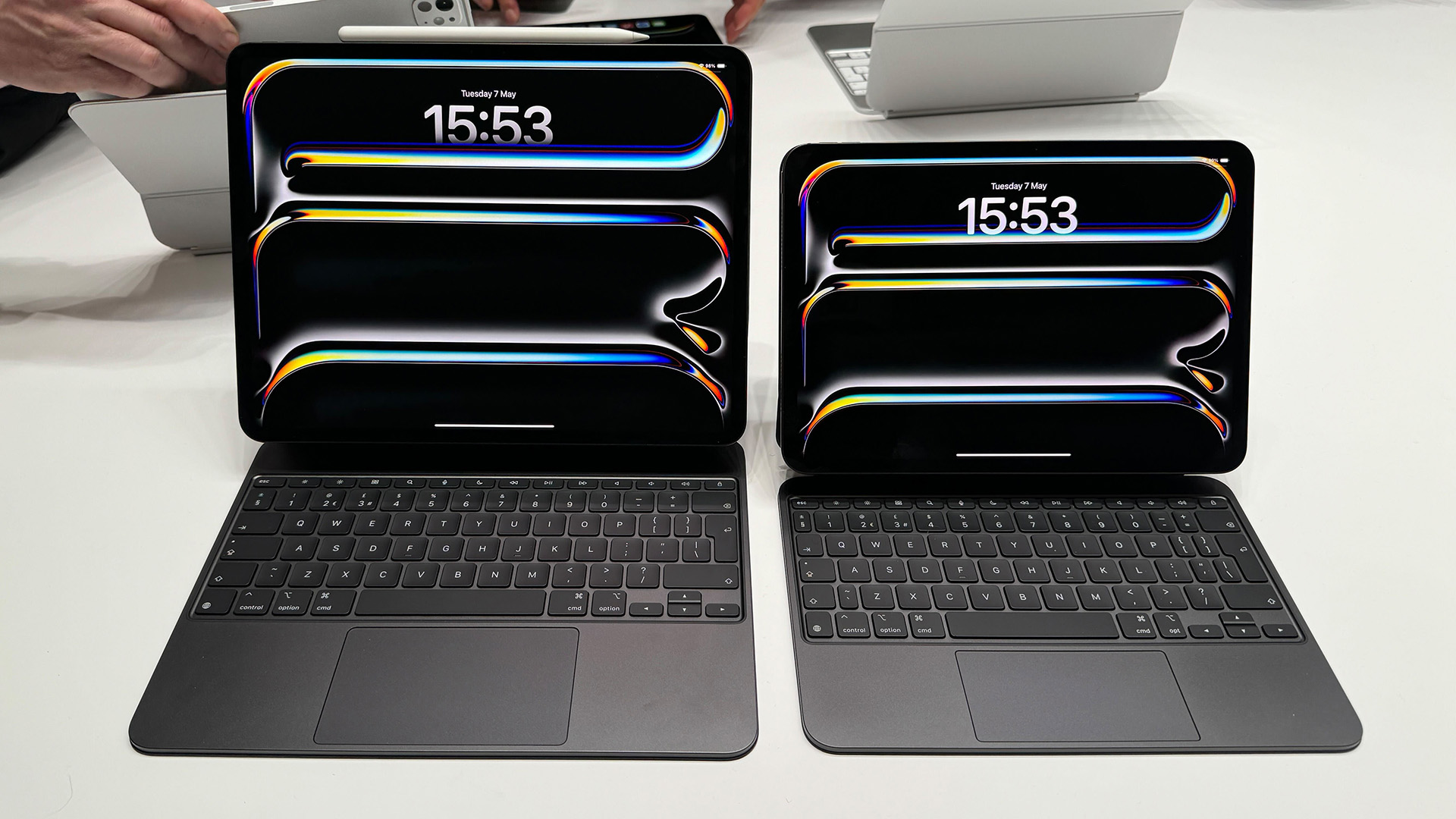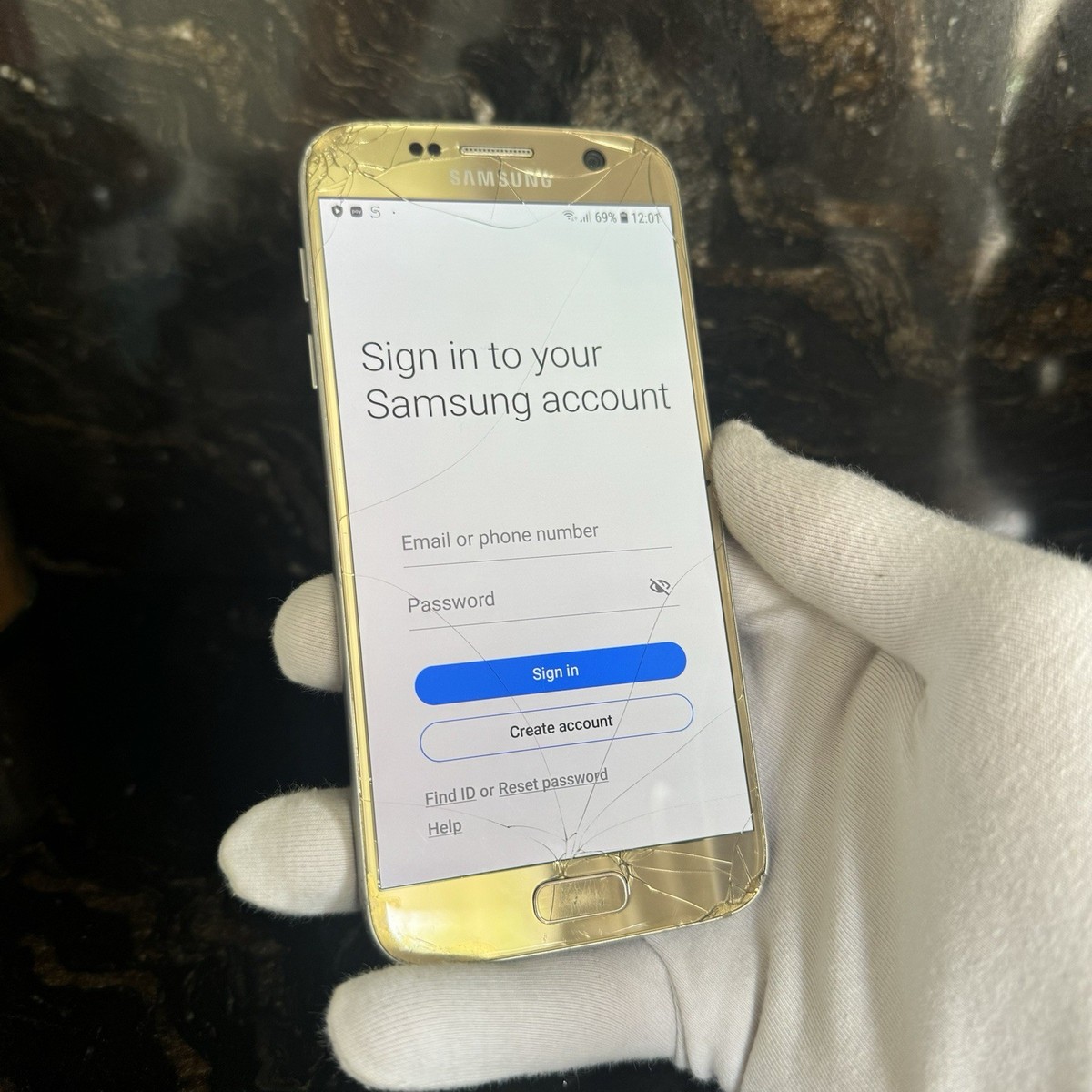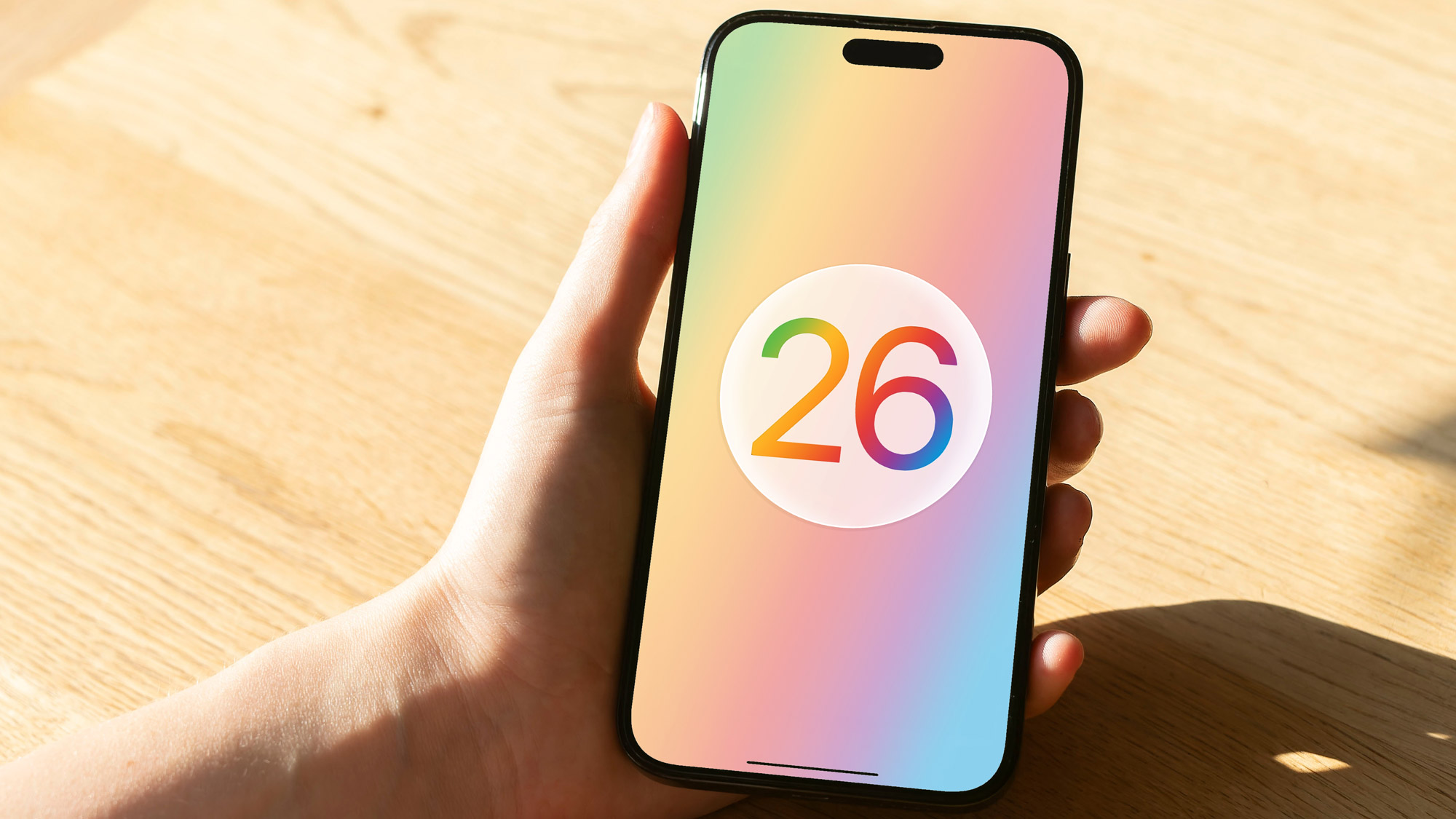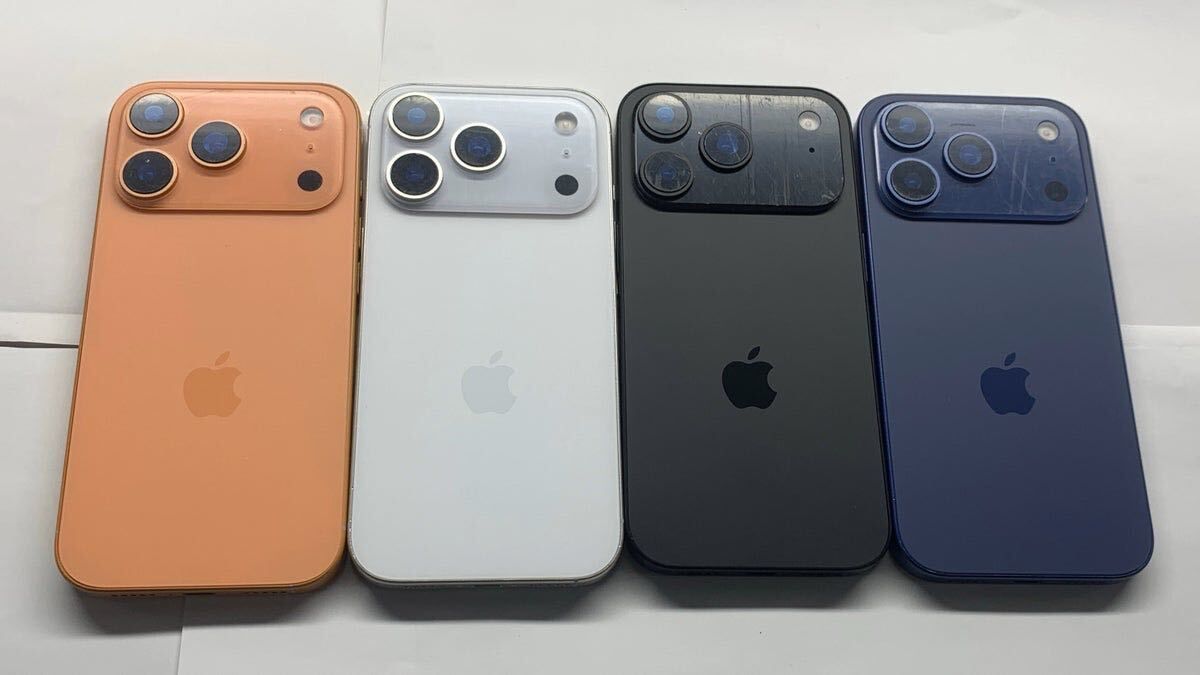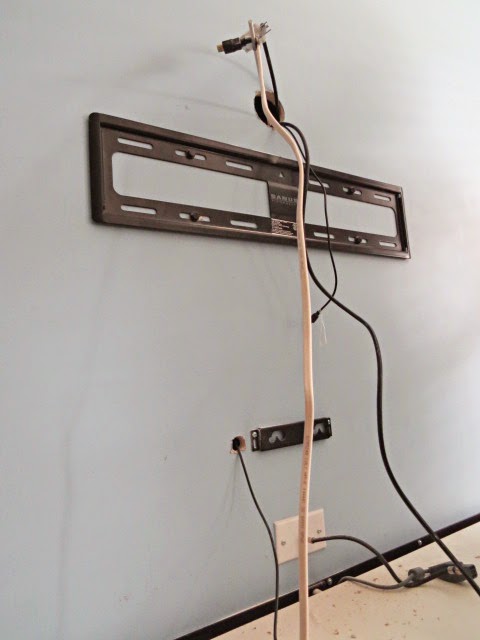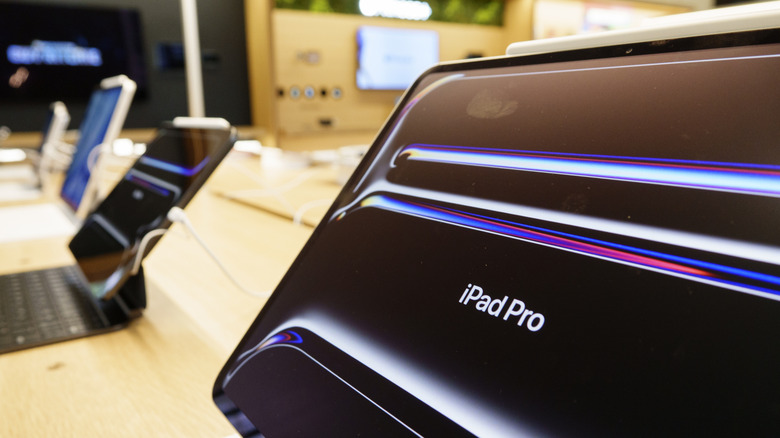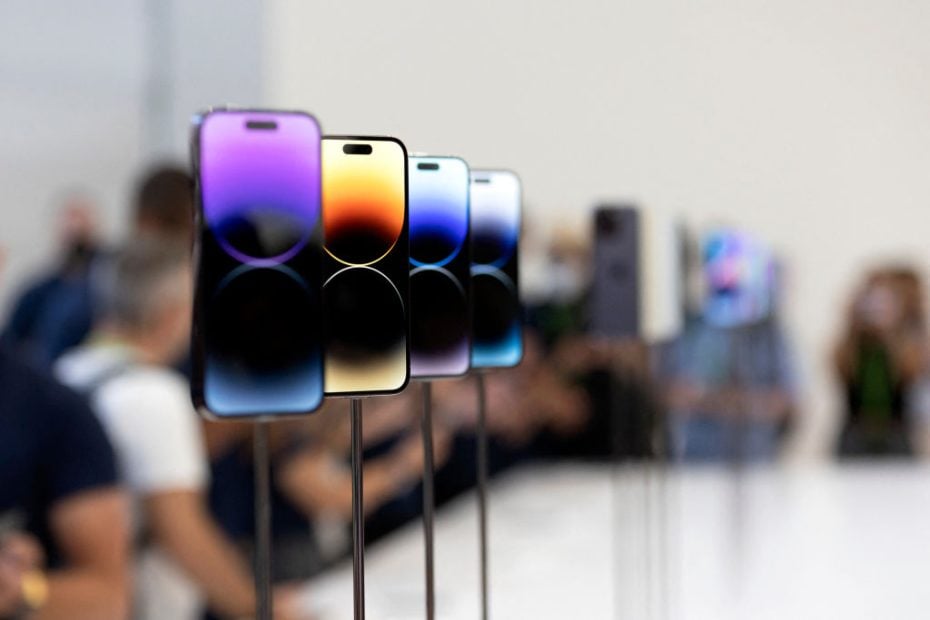Google’s Newest Redesign Has Finally Launched on Chrome for Android
Chrome’s Material 3 Expressive Transformation Arrives on Android
Google has successfully finalized its aesthetic revamp of Chrome, with the browser’s Android application undergoing the Material 3 Expressive redesign. This enhancement brings Chrome in line with the updated visuals found in other Google applications like Messages and Contacts.
Beginning with version 141, Chrome on Android has started to roll out a visual update, draping the familiar browser in a more vibrant, streamlined appearance. The deployment, which commenced in late August, has mostly been completed for the majority of users.
Notable modifications include the three-dot menu now emphasizing essential actions such as forward, bookmark, download, site info, and refresh within circular icons. The Tab Grid view features a rounded square for opening new tabs, more distinct containers for tabs, Incognito, and Groups, along with a dynamic color theme that adjusts to your wallpaper or selected palette.
Despite the refreshed appearance, Chrome has not changed button sizes or fundamentally altered list-views or settings pages. The update is primarily cosmetic, aligning with Google’s extensive design language across applications rather than reinventing everything from scratch.
Additional features comprise a segmented progress indicator with rounded edges during page loads and a rounded square background for the star icon while visiting a bookmarked site.
If you haven’t experienced the new interface yet, it could be due to the server-side rollout. Even if your Chrome version is 141 or above, you might still be awaiting the visual transition. To potentially expedite the update, consider force-stopping the app via Android Settings → Apps → Chrome → Force Stop, and then reopening it.
Read More

